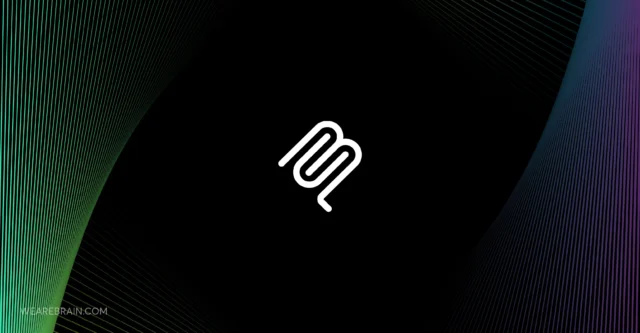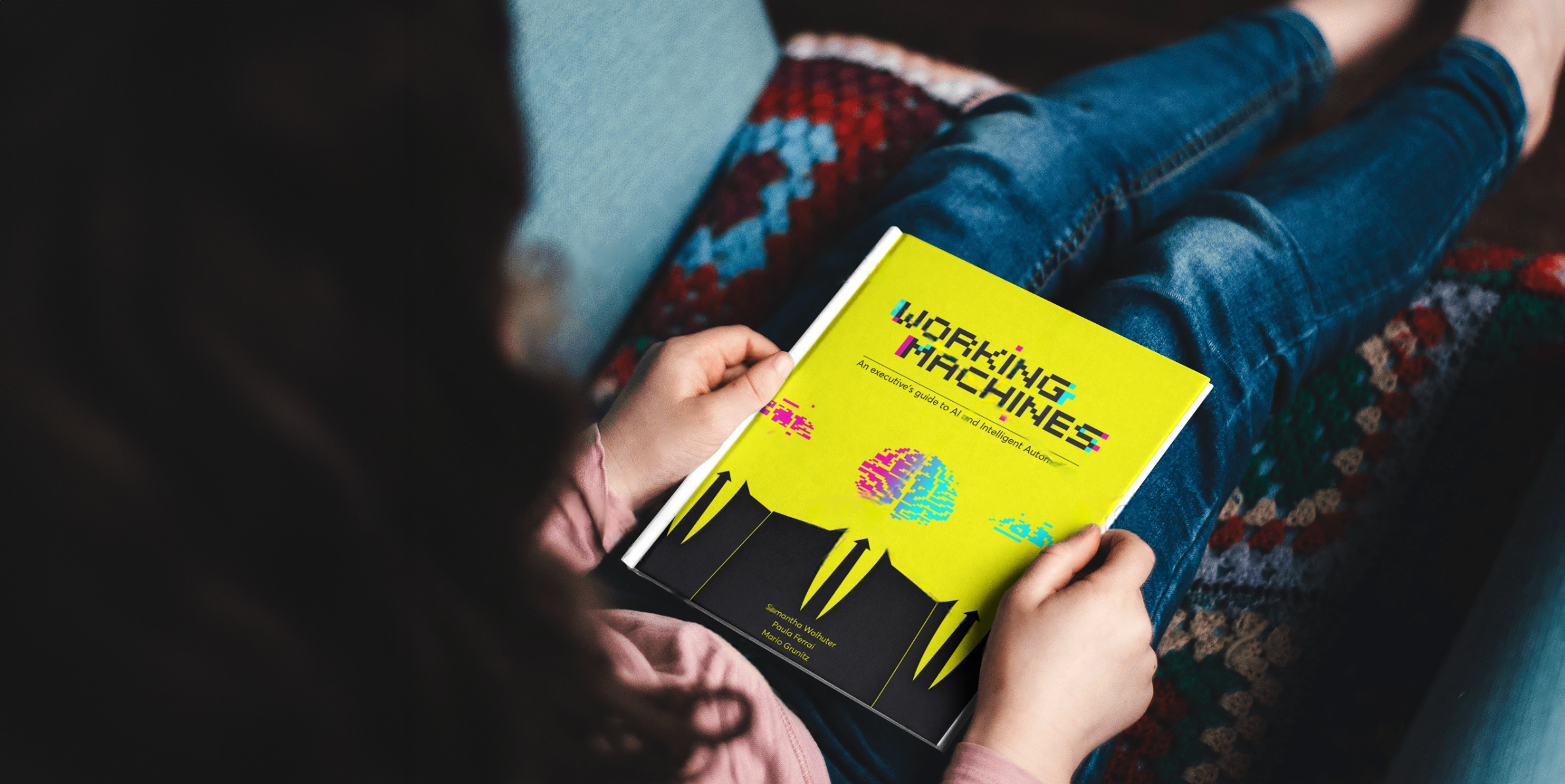
TL;DR
Model Context Protocol (MCP) is an open standard by Anthropic that acts as a universal connector between AI applications and external tools/data sources – think USB-C for AI.
How it works: Client-server architecture where AI apps (like Claude) connect to MCP servers that provide standardized access to tools, databases, and systems via JSON-RPC 2.0.
Key applications: Software development (IDEs), enterprise assistants, database queries, desktop AI tools, and web development platforms.
Major adoption: Microsoft Copilot Studio, OpenAI, Google DeepMind, and Atlassian have integrated MCP into their products.
Why it matters: MCP standardises AI connectivity, enabling seamless integration across platforms while addressing security concerns through frameworks like MCP Guardian.
Remember when every phone had a different charger? That frustrating era ended with USB-C, one standard that works everywhere. Now, AI is having its USB-C moment with the Model Context Protocol (MCP), and it’s about to transform how AI applications connect with the world around them.
As we navigate the AI landscape in 2025, one development stands out as particularly game-changing: the Model Context Protocol. If you’ve been wondering what is an MCP, why major tech companies are racing to adopt it, or how it might affect your business, you’re in the right place.
What is the Model Context Protocol (MCP)?
At its core, MCP is an open standard developed by Anthropic that standardises how AI applications – particularly large language models (LLMs) – integrate and share data with external tools, systems, and data sources. Think of it as a universal translator that allows AI to speak fluently with databases, APIs, development tools, and virtually any digital system.
The “USB-C of AI apps” analogy isn’t just clever marketing. Just as USB-C eliminated the need for multiple cable types, MCP eliminates the need for custom integrations between every AI model and every tool it needs to access. This standardisation is revolutionary because it means developers can build once and connect everywhere.
How MCP works
Understanding what is an MCP server helps clarify the whole system. MCP operates on a client-server architecture that’s elegantly simple yet powerful:
- MCP Clients are AI applications like Claude, Cursor, or Haystack Agent that need to access external data or services. These clients send requests for information or actions they need to perform.
- MCP Servers are the services that expose specific tools, resources, and capabilities to these AI clients. They act as secure gateways, providing standardised access to everything from databases to development environments.
The communication happens through JSON-RPC 2.0, a lightweight protocol that ensures fast, reliable message exchange. This technical foundation might sound complex, but the result is beautifully simple: AI that can seamlessly access and interact with any connected system.
Real-world applications of MCP
The impact of MCP becomes clear when you see it in action across different industries and use cases.
In software development, IDEs like Zed and platforms like Replit use MCP to give coding assistants real-time access to code context. This means AI can understand your entire codebase, suggest improvements, and even implement changes while maintaining awareness of your project’s structure.
Enterprise assistants have been transformed by MCP. Companies like Block leverage the protocol to allow internal AI assistants to retrieve information from proprietary documents, CRM systems, and knowledge bases. Imagine asking your AI assistant about last quarter’s sales figures and having it pull data directly from your systems – that’s MCP at work.
For natural language data access, applications like AI2SQL connect models with SQL databases, enabling anyone to retrieve complex information using plain English. No more writing queries; just ask for what you need.
Desktop assistants represent another frontier. The Claude Desktop app uses local MCP servers to allow the assistant to read files or interact with system tools securely, all while keeping your data private and under your control.
In web application development, platforms like Wix.com employ MCP servers to enable AI tools to access current website data and make live edits. This means AI can understand your site’s structure and content, making intelligent suggestions and implementing changes in real-time.
MCP in Claude
For those wondering what is MCP in Claude specifically, it’s a perfect example of the protocol’s power. Claude Desktop apps support local MCP servers, creating secure, two-way connections between data sources and AI-powered tools.
This integration allows Claude to interact with various tools and data sources, dramatically enhancing its functionality and context-awareness. Instead of being limited to the information in its training data, Claude can access current information, work with your files, and integrate with your tools – all through MCP.
Recent developments and adoption
The momentum behind MCP in 2025 is remarkable. Microsoft has made MCP generally available in Copilot Studio, allowing seamless integration of AI apps and agents into their ecosystem. This move signals Microsoft’s commitment to open standards in AI development.
OpenAI and Google DeepMind have both adopted MCP, integrating the standard across their product lines. This widespread adoption means developers can build MCP-compatible tools knowing they’ll work with AI models from multiple providers.
Atlassian’s introduction of a Remote MCP Server brings structured knowledge from tools like Confluence and Jira into AI workflows, demonstrating how established software companies are embracing this new standard.
Security considerations
With great connectivity comes great responsibility. Security researchers have identified potential risks in MCP implementations, including prompt injection, tool poisoning, and unauthorised access through malicious MCP servers.
However, the community has responded quickly. Frameworks like MCP Guardian strengthen MCP-based communication with authentication, rate-limiting, logging, and tracing. These security measures ensure that while AI gains powerful new capabilities, your data remains protected.
The key is implementation. Organisations using MCP need to follow security best practices, including careful server vetting, access control, and monitoring. When done right, MCP can be more secure than custom integrations because security updates benefit the entire ecosystem.
The future of MCP
MCP is poised to become the universal standard for AI system connectivity. As more providers adopt the protocol and more tools become MCP-compatible, we’re moving towards an ecosystem where any AI can work with any tool – securely and efficiently.
The expansion isn’t slowing down. We’re seeing MCP integration in everything from customer service platforms to scientific research tools. This growing ecosystem means that investments in MCP-compatible systems today will pay dividends as new AI capabilities emerge.
Embracing the connected AI future
The Model Context Protocol represents more than just a technical standard – it’s a fundamental shift in how we think about AI integration. By providing a universal way for AI applications to connect with tools and data sources, MCP unlocks possibilities we’re only beginning to explore.
For developers, MCP means building integrations once instead of countless times. For businesses, it means AI assistants that can actually access and work with your real data and tools. For users, it means AI that’s more helpful, more capable, and more integrated into daily workflows.
The question isn’t whether to pay attention to MCP – it’s how quickly you can start leveraging its potential.
